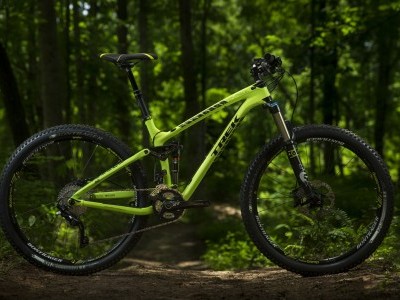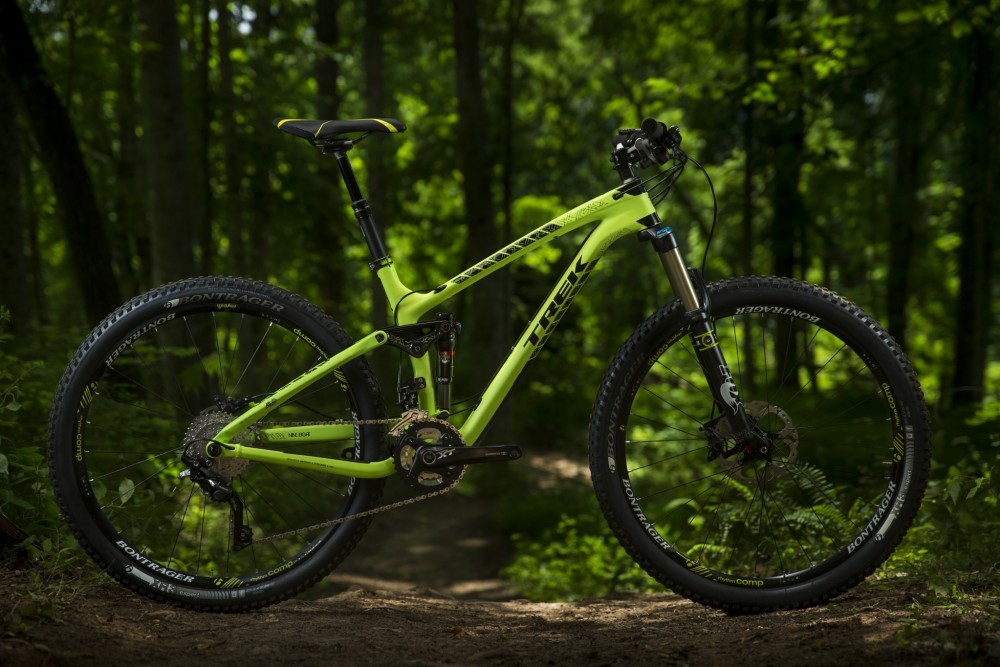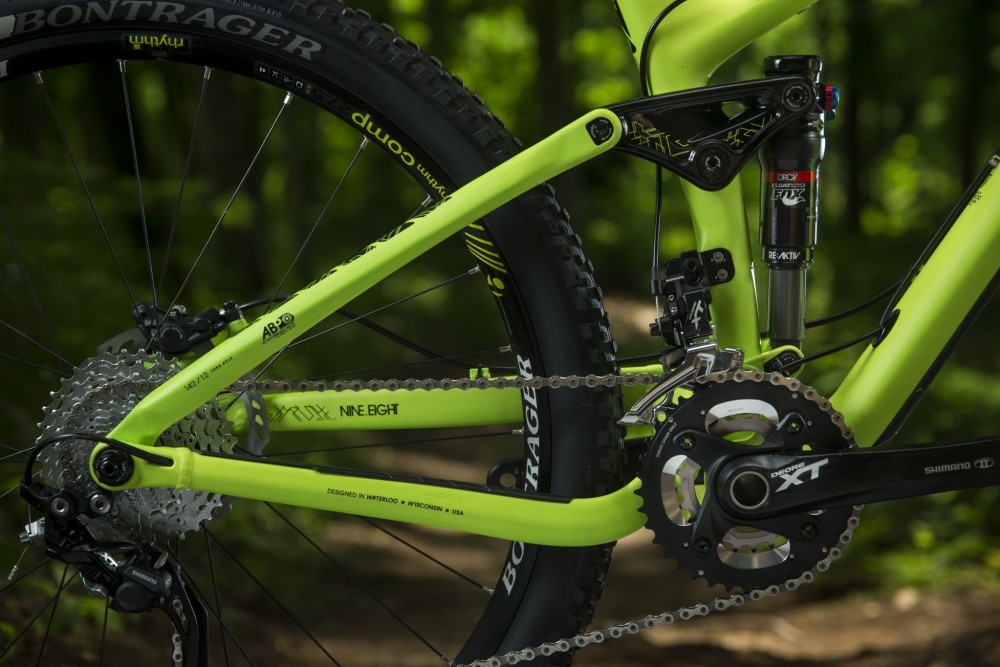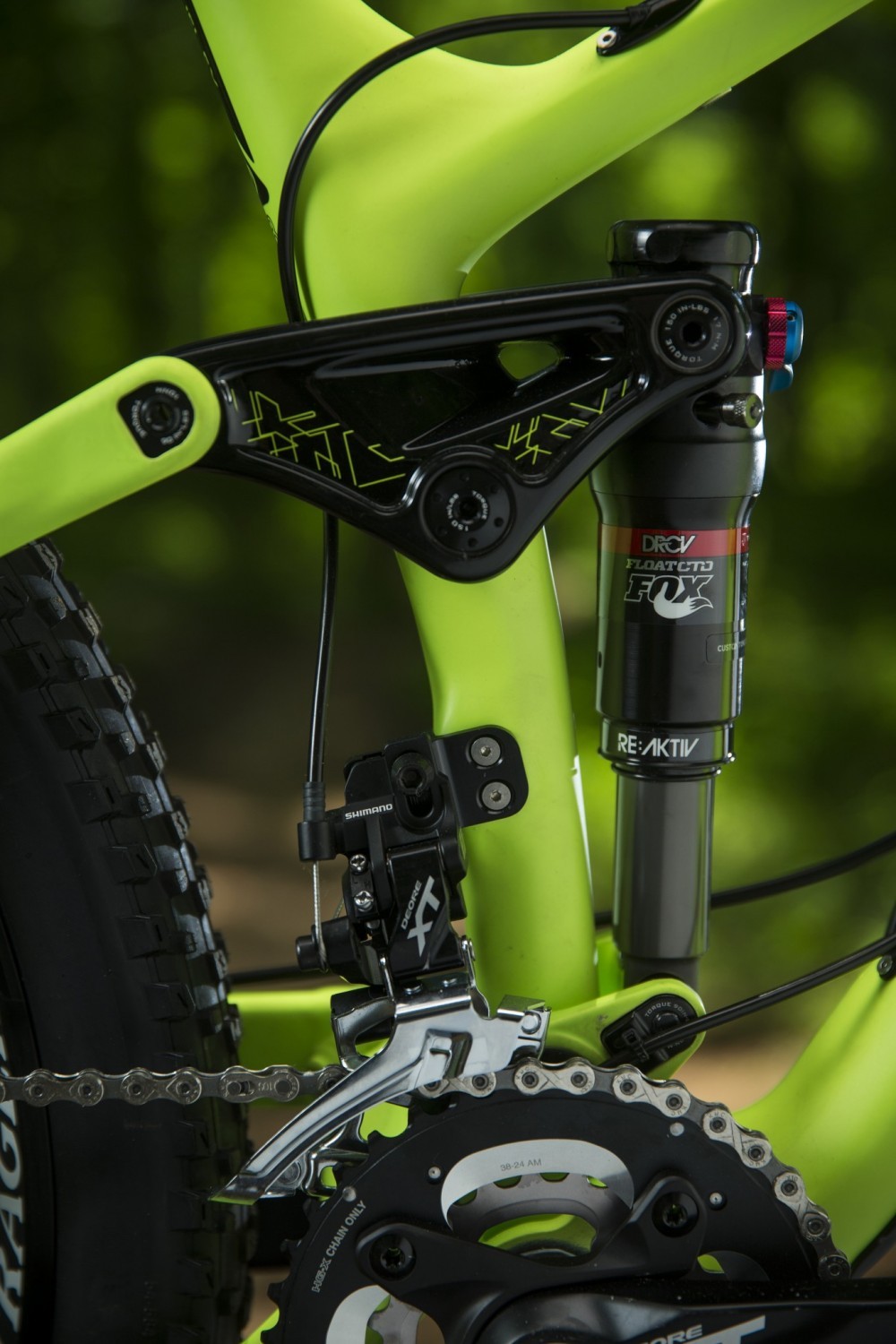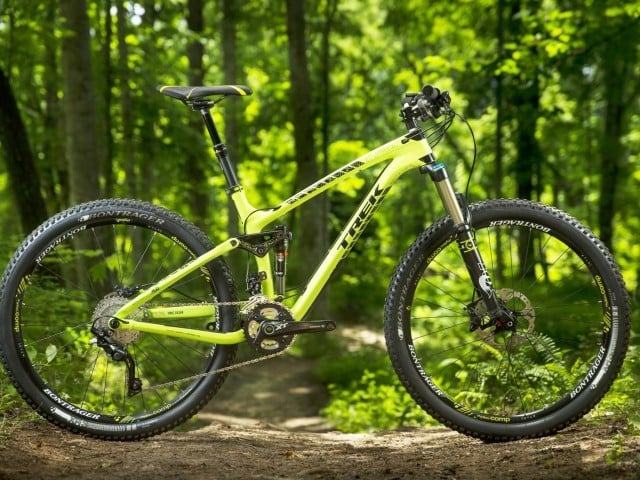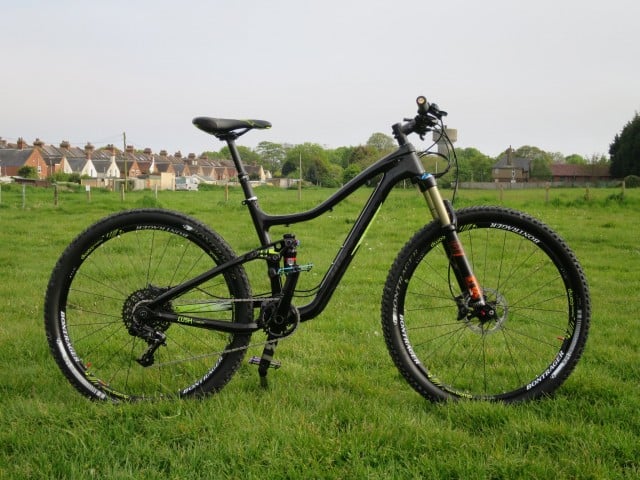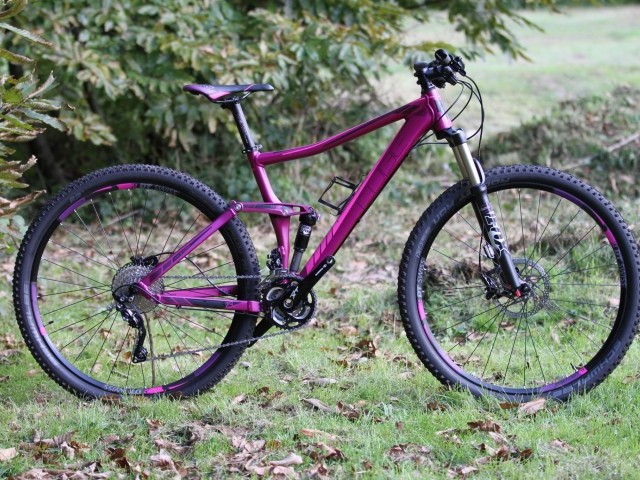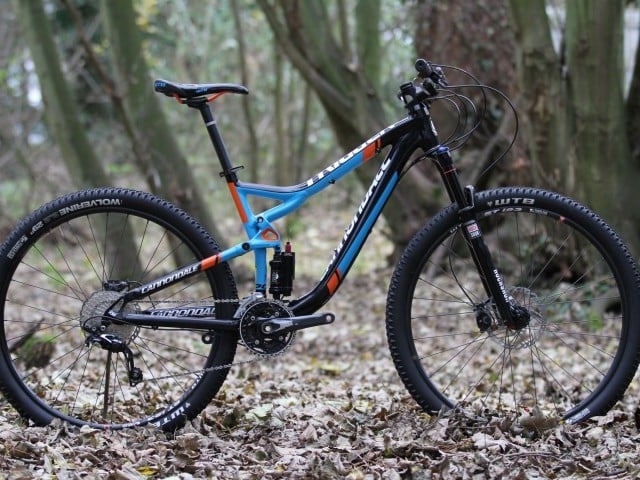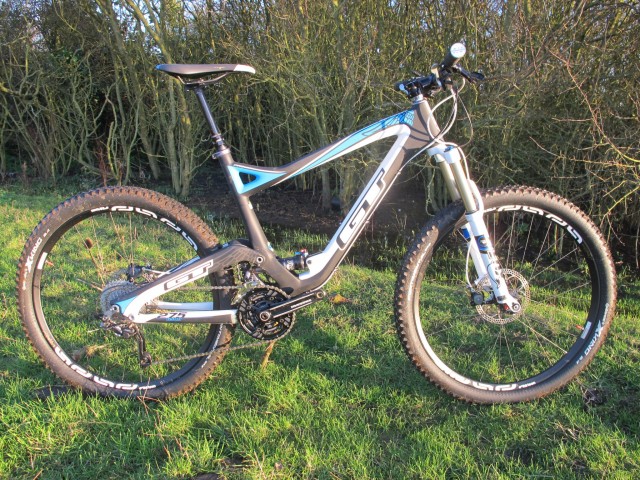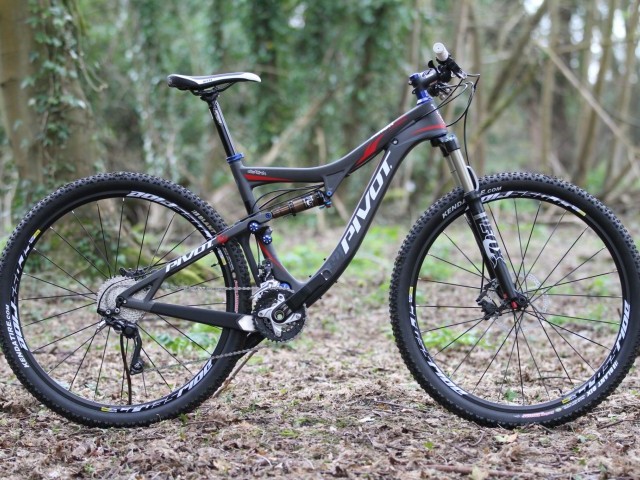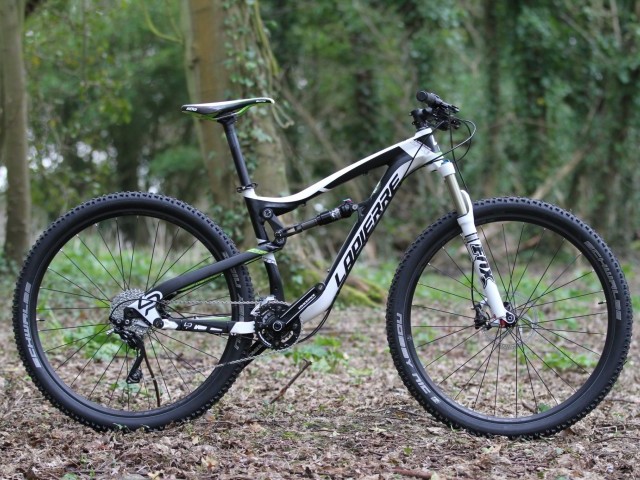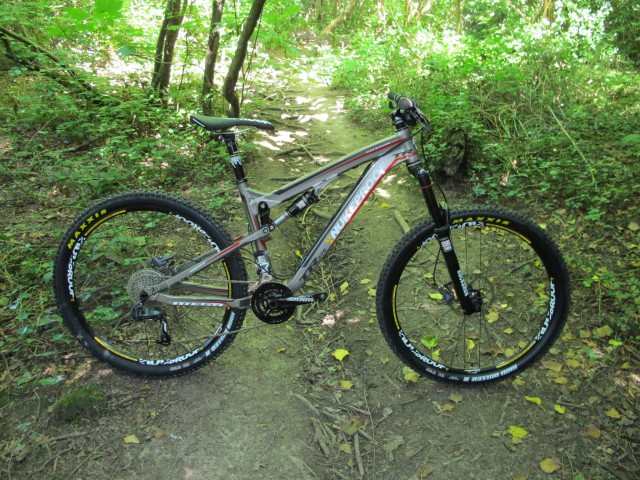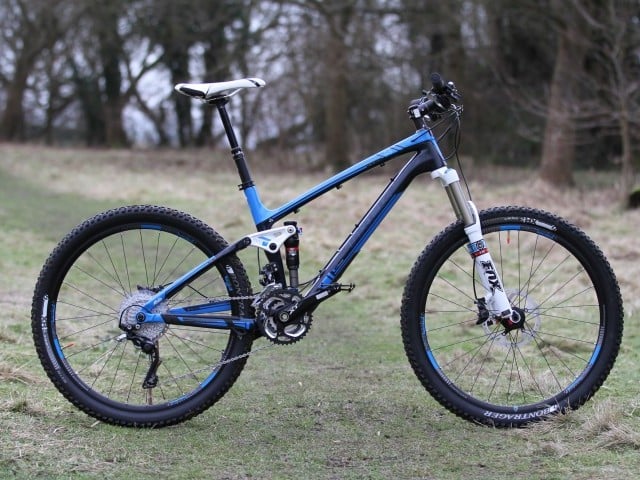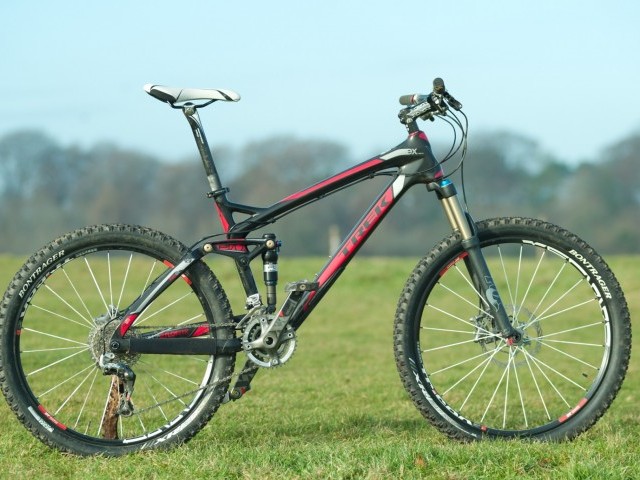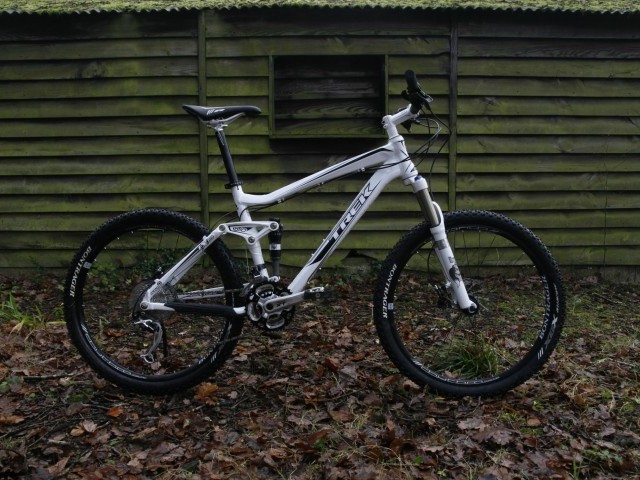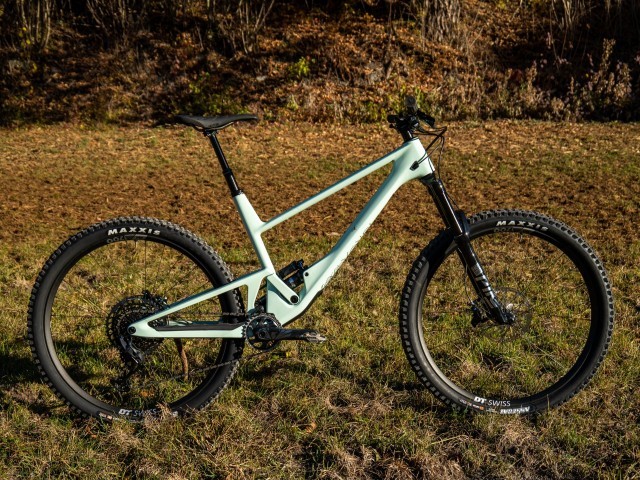First Ride
We were privy to some very interesting developments from Trek a couple of weeks ago at the media launch for the Trek Fuel EX. The team from Trek have been working with Penske Racing Shocks for the last 5 years to bring to the table something of a game-changer as far as suspension technology goes…
Buy Trail Bikes on
Firstly a little history around Penske Racing Shocks, the company started in 1987 and makes bespoke custom suspension for some of the biggest motorsport racing teams in the world. Current Formula 1 dominators Mercedes AMG are one of their clients, alongside Torro Rosso, Force India and Caterham. They work with have three in house Nascar teams and are involved in anything that needs really high end solutions in terms of suspension design.
What they have developed is known as Regressive Suspension technology. For a time in Formula 1 suspension was controlled electronically by computers, this allowed the suspension to change its performance and set up in an instant. Giving the driver a stiff platform for control grip and responsive steering. Whilst at the same time being able to open up the damper when the wheels hit a curb.
When the FIA decided this feature made driving the cars too easy the teams had to look for a mechanical solution. Penske Racing Shocks developed Regressive Suspension as a mechanical solution to this problem.
Essentially the new damping system has a very taught low speed compression feel, to allow the racing driver to have a stiff, taught set up that is very responsive to steering input. However when the driver runs wide and hits a curb the shock senses that and opens up for high-speed compression to effectively shave the bumps off the circuit.
The team at Penske always thought that this would work really well in mountain biking where you want a stiff pedalling platform, but for the shock to open up when you hit a big rock or obstacle. It just so happened that 5 years ago at a Nascar race the team from Penske met someone who’s son worked for Trek and within a couple of weeks contact was made.
Penske are a hands on set up, they prefer to build things and test them on the track, or in this case the trails, rather than analyse something with a computer model for months on end. This program fitted well with Treks own philosophy and pretty quickly Jose Gonzales from Trek and the team from Penske had some prototypes and they got testing.
The system they developed is a new damping system called Re-Aktiv, this works in harmony with DRCV, which is the air spring system and still offers a great way of having high and low volume air chambers for the ultimate air spring system. What Re-Aktiv does is completely change the way the damping of the shock works in terms of the high and low speed compression.
As you are pedalling the shock is firm and when you are riding over small bumps it tracks the ground perfectly. But as soon as the wheel hits a big obstacle the damping system opens up and the full use of the shock is available to the rider in an instant, mechanically. No need for any electrical wires or batteries or anything like that. Think of it as a mechanical solution to offer the same performance that some brands are trying to achieve with electronic systems.
Whilst Penske are great at developing these things, they do not mass-produce suspension components, and so Trek and Penske needed someone to facilitate this. Trek have always had a very close working relationship with Fox, who already exclusively manufacture their DRCV platform shocks.
Fox are very good at mass-producing suspension components and also offer a global service and warranty program. This makes them the ideal partner for this new technology and when Trek and Penske approached them with the prototypes they took them and developed them further to offer the shock you see on the new Fuel EX today.
Fox paired the system with their CTD platform and the team worked on developing it even further. Penske ended up with a regular crew of mountain bikers riding everyday and testing and developing the idea further. Fox found that with the CTD, you could get a really sharp suspension performance curve in the Climb mode, but when the shock hit a large bump it would really open up to still offer performance.
With the shock set in the Trail mode however you get a slightly smaller ramp in terms of stiffness in the early part of the stroke, but the shock opens up when it hits larger bumps to offer very similar performance to the shock when it is in the Descend mode. This opens up the Trail mode of the shock to a setting you can use a lot more to get responsive pedalling platform whilst still having Descend like performance when you hit big obstacles on the trail.
Re-Aktiv technology offers a shock, which gives more control, and a better connection to the trail than they have ever had before. It offers a no compromise solution to the problem of balancing low-speed and high-speed compression. You can pedal really efficiently, and ride the bike faster as the shock works harder to ensure the ultimate connection to the ground.
Trek are launching this technology across three platforms, and this is
available in the dealers right now to order, expect delivery towards the end of July. Which is pretty cool that they are launching something and making it readily available to the market as opposed to talking about something 8 months before it is ready to use.
The bikes that will have this new technology are the all-new Fuel EX, which we are testing tomorrow, the Remedy platform and the Lush platform.
The Re-Aktiv shock will be available on the 9 model and up in the Remedy and Fuel EX range and the Lush SL and Lush Carbon.
How It Rides
Jumping aboard the new Fuel EX was an experience I won’t forget in a hurry. I’ve not ridden a small short travel bike for a while and I instantly felt at home on the trails. The new bike is ridiculously playful and fun to ride; it hammers into the corners and spits itself out the other side with a speed that almost takes you by surprise.
The real question though is what that new shock feels like; the answer is good, very good! I’ve actually struggled with my traditional DRCV shock on my current Trek Remedy since I’ve been back. The new shock just offers so much more feedback in terms of the trail and it sits up in its travel offering unparalleled pedalling performance. Yet when you point the bike downhill the whole feel of the bike changes without you doing anything.
The shock comes with CTD as standard and in the Climb mode you get a very useable lock out setting that still offers some travel should and when you need it. If you forget to flip the switch when going down instead of having a stiff uncomfortable ride you can actually get away with the mistake all the way to the bottom, or until such time you want to take a hand off the bar and flip the switch.
In the Trail mode though the bike really comes into it’s own. The shock offers superb pedalling efficiency with minimal movement, and then comes alive when the trail flattens off or steepens. The bike feels noticeably livelier and more playful, I found myself whipping it around with this stupid grin on my face thinking that this all makes total sense. No batteries or electrics, just a shock and damping system that is capable of knowing what the terrain is doing.
I wasn’t alone; speaking to the other journalists they were all using similar phrases, fun, nimble, responsive, confidence inspiring. The rear wheel tracks the ground so much better with the Re:Aktiv set up, giving you more control, more speed and a smoother ride overall.
In the Descend mode the shock is opened up, so the damper isn’t doing much, and on the trails we were riding, which were of the flowing and fast nature, the bike actually felt a little sluggish and less responsive with the shock opened up. I didn’t keep it like that for long and quickly had it switched back to Trail mode where the sweet spot and perfect balance of pedalling power with smooth stroke and plushness could be found.
I can honestly say I don’t think I’ve ever had so much fun on such a small bike, at 120mm of travel with the 27.5 wheels and the new more responsive suspension platform the whole bike really came alive and impressed me. I’ve been missing it ever since I returned to normality… Lets hope the delivery arrives on time in July and we can give it another going over on some more varied terrain, for the moment though, we love it!
Buy Trail Bikes on
Videos
This review was in Issue 30 of IMB.
For more information visit Trek BikesRelated
By Rou Chater
Rou Chater is the Publishing Editor of IMB Magazine; he’s a jack-of-all-trades and master of none, but his passion for bikes knows no bounds. His first mountain bike was a Trek 820, which he bought in 1990. It didn’t take him long to earn himself a trip to the hospital on it, and he’s never looked back since. These days he’s keeping it rubber side down, riding locally and overseas as much as possible.

